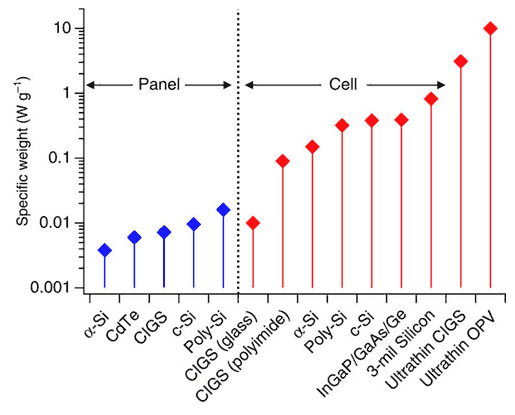Researchers at Johannes Kepler University, Austria, and the University of Tokyo, Japan, have put their heads together and come up with a new kind of ultrathin and lightweight organic solar cell. The scientists wrote: “These ultrathin organic solar cells are over ten times thinner, lighter and more flexible than any other solar cell of any technology to date.”
The new stretchable polymer-based solar cells, Ultrathin OPV, can be manufactured on substrates creating a cell less than 2μm thick in total. Additionally the cells are highly flexible; the scientists show a sheet of solar cells on a film wrapped around a human hair. The cells are also at least as efficient at converting light to electricity as the commonly used glass based cells.

The OPV cells are very flexible
Ultrathin OPV highlights
- Cells approximately 1.9 microns thick
- Light weight
- 4.3 per cent power conversion efficiency
- Able to generate 10 watts per gram
- Flexible, bendable, shapeable
- Unaffected by extreme mechanical deformations
can be squashed, wrinkled, deformed and stretched up to 400 per cent tensile strain

Watts per gram chart, Ultrathin OPV wins!
Suggested uses for the new solar cells are in futuristic sounding areas such as electronic textiles, synthetic skin and robotics. I think most Hexus road warriors will be thinking of some kind of clothing, with solar power cells in the textile element. In your pocket there could be some USB power sockets to keep your smart connected device charged up. Or the flip cover for your tablet carry case could be made of a solar power textile material. I’d personally like a solar power sun hat which I could connect to my Google ‘Project Glass’ specs!
This reminds me of the solar power jacket news from 2004, the SCOTTeVEST. It seems like they don’t make that jacket anymore, now that company’s technological thrust seems to be in having as many pockets as possible in clothing (24 in a fleece, 2 in your boxer shorts).













